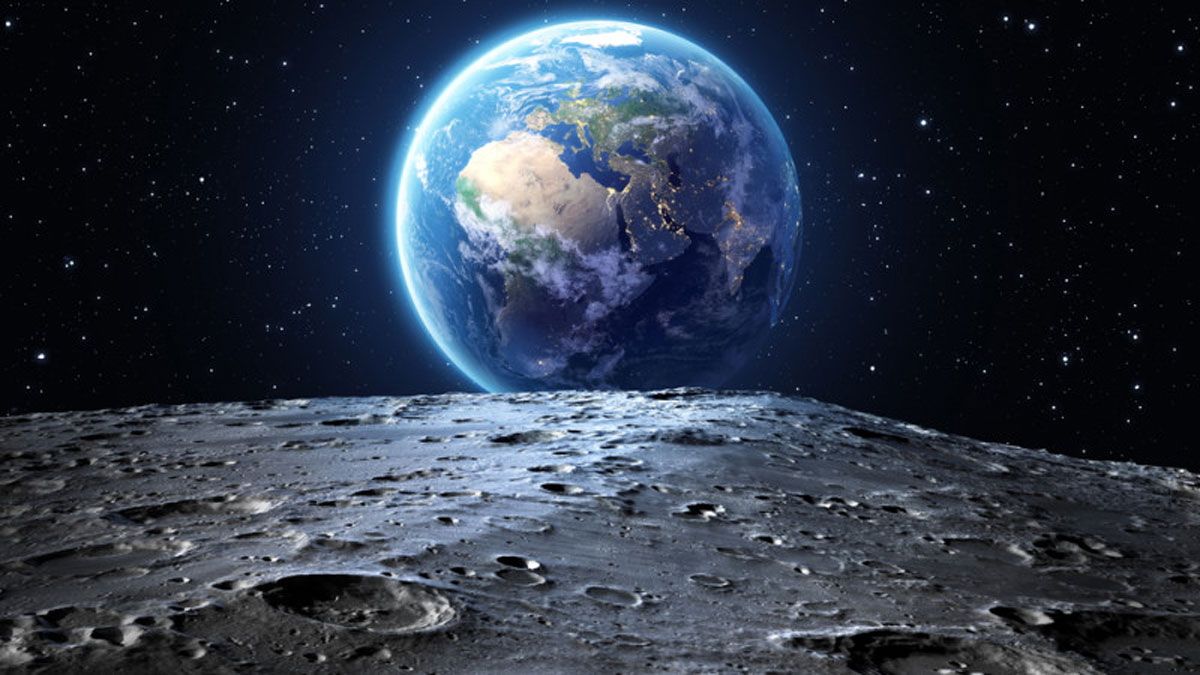After some lull in the world, the space race has resumed, with more and more countries joining every year. What important space launches await us in 2024 and what they will bring to humanity, Naukatv says.
To the moon
On January 8, the Peregrine research lunar lander, created by Astrobotic Technology under a contract with NASA, will be launched.
On January 20, Japan will launch the SLIM module, which will try to land on the Moon at the most accurate coordinates in the entire history of landings.
The Nova-C lunar landing module, created by the private American company Intuitive Machines using NASA technologies, will launch in February. He will bring with him a research facility. The device is also capable of landing on existing lunar satellites and taking off from them.
The Blue Ghost lunar lander, built by Texas-based private company Firefly Aerospace under a contract with NASA, will launch in the second half of the year. His task will be to study the properties of regolith — rock that covers almost the entire Moon with a layer of 4–5 meters.
November will be marked by the delivery of NASA’s VIPER rover to the Moon, whose tasks include exploring the eternally shadowed areas of the lunar surface and searching for water.
During 2004 (exact dates have not yet been announced), China plans to launch the Chang’e 6 mission. It includes four modules that will land on the far side of the Moon and, for the first time in history, deliver 2 kilograms of regolith from the far side. This mission will also launch Pakistan’s first orbital vehicle into orbit.
Solar system
August—EscaPADE’s two-orbital mission to Mars is planned for this summer. This is a joint development of the University of California at Berkeley and Rocket Lab. Its task is to study the magnetosphere and atmosphere of Mars.
October — two significant launches are planned at once.
- NASA’s Europa Clipper mission is launching to one of Jupiter’s moons, Europa. Scientists are interested in Europa’s ocean. The mission is designed to determine whether the oceans provide a suitable habitat for extraterrestrial life.
- The Hera space mission to the asteroids Didymus and Dimorph is launched by the European Space Agency. The device will have to study the physical properties of asteroids whose orbits have recently been changed by artificial collisions.
Space piloting
February — India will launch the Gaganyaan mission. The mission will begin with test flights of the vehicles ahead of the first human flight planned for 2025. But for now, the capsule will be launched into orbit without a crew by an unmanned Mark-3 launch vehicle. The second part of the tests — the flight of the ship with docking — is scheduled for June.
April — Boeing’s private Starliner spacecraft will test fly to the ISS with astronauts Butch Wilmore and Suni Williams. This flight will test the capabilities of the Starliner system: how well it copes with the task of sending crews from Earth to the ISS and back.
In addition, the first privately funded spacewalk in history will take place in April. Billionaire Jared Isaacman launches the private space mission Polaris Dawn into orbit on the Crew Dragon ship.
November – The Artemis II mission plans to launch astronauts into lunar orbit and then return them home. This should be an intermediate step towards a new landing of people on the Moon. The mission is carried out by NASA.
Throughout 2024, active flights of spacecraft with crews from the Chinese space station Tiangong will continue. They will transport and exchange astronauts working in orbit and on the ISS. Tourist flights to the ISS and suborbital altitudes are also planned.
In 2024, regular flights of spacecraft with crews to the ISS, the Chinese Tiangong space station, and the return of astronauts who worked in orbit will continue. Commercial (tourist) flights to the ISS and suborbital altitudes are also planned.

